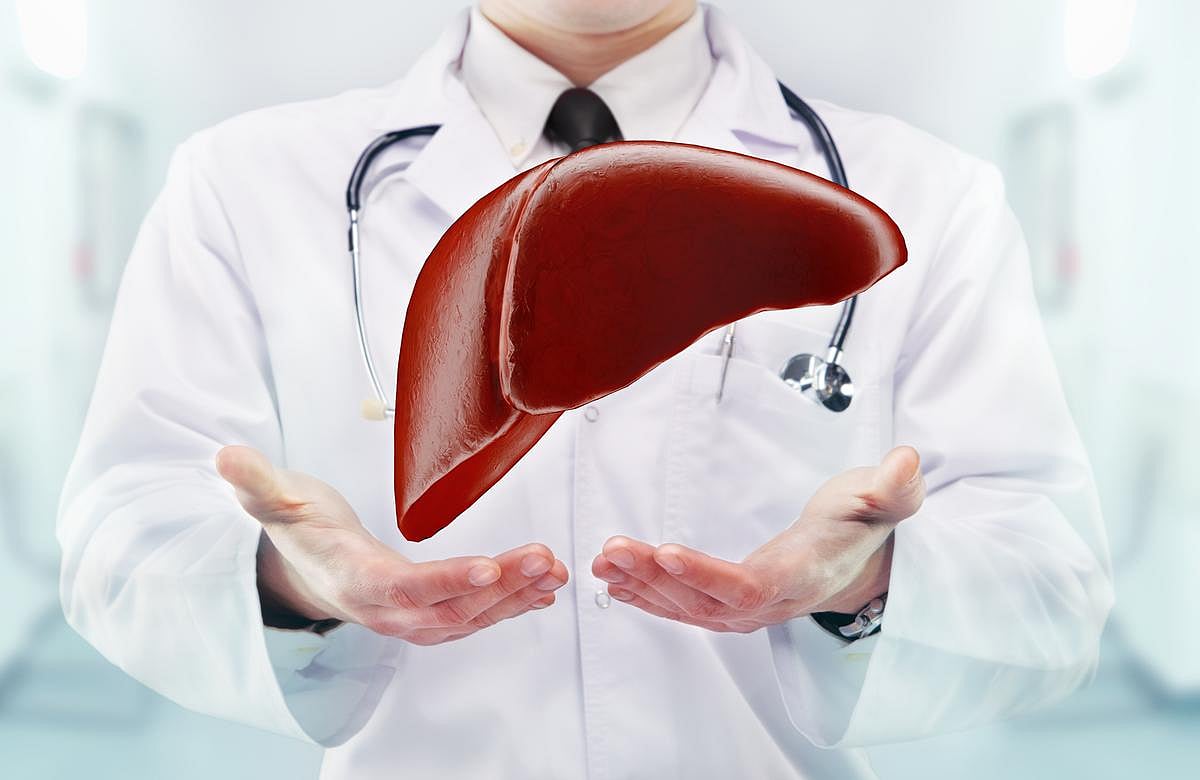Significant deviations seen in plasma concentrations of five proteins up to 16 years before onset of MASLD
By Elana Gotkine HealthDay Reporter
FRIDAY, April 25, 2025 (HealthDay News) — Five proteins are significant predictors of metabolic dysfunction-associated steatotic liver disease (MASLD), according to a study presented at the 2025 Digestive Disease Week, held from May 3 to 6 in San Diego.
Shiyi Yu, M.D., from the Guangdong Provincial People’s Hospital in Guangzhou, China, and colleagues analyzed proteomics data from 52,952 U.K. Biobank participants without baseline MASLD to identify accurate long-term biomarkers and develop predictive models for MASLD.
Five of the 2,737 proteins analyzed emerged as robust predictive biomarkers for MASLD incidence within five years: CDHR2 (area under the curve [AUC], 0.825), FUOM (AUC, 0.815), KRT18 (AUC, 0.810), ACY1 (AUC, 0.803), and GGT1 (AUC, 0.797). The researchers observed significant deviations in plasma concentrations of these proteins up to 16 years before MASLD onset. A markedly increased risk for MASLD was seen for participants with higher baseline levels of these proteins (hazard ratios, 7.05 to 9.81). The combination of five proteins showed predictive ability for MASLD up to 16 years, with accuracy varying across time frames: AUCs, 0.857, 0.775, 0.739, and 0.758 for five years, 10 years, more than 10 years, and all time, respectively. When combined with clinical predictors, the predictive performance was further enhanced: AUCs, 0.894, 0.840, 0.807, and 0.822 for five years, 10 years, more than 10 years, and all time, respectively. Cohorts from different regions showed minimal variation in AUC, supporting the robustness of the model.
“The field urgently needs effective biomarkers and predictive models, and our research shows that plasma proteins offer novel potential strategies for early prediction and intervention,” Yu said in a statement.
Copyright © 2025 HealthDay. All rights reserved.








